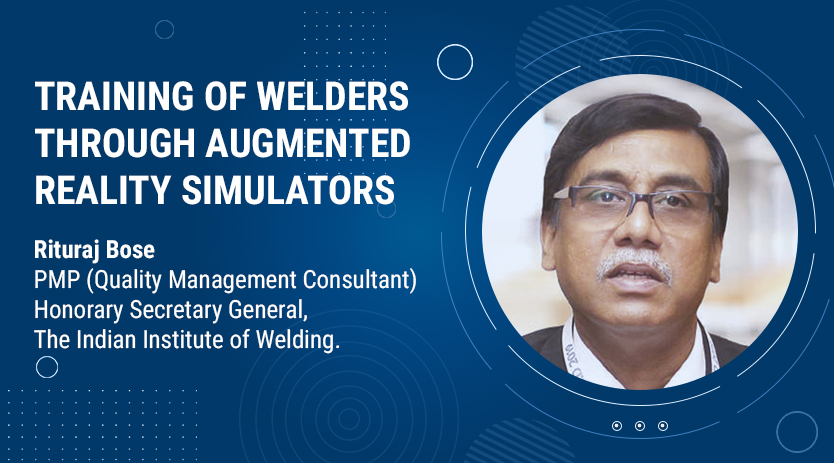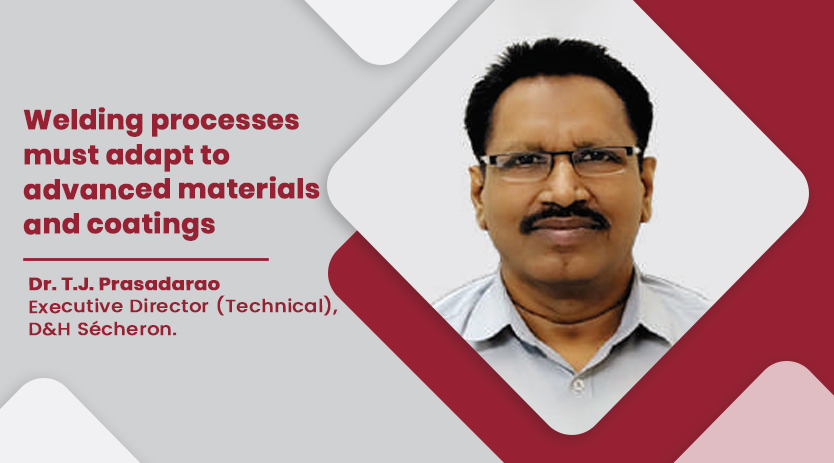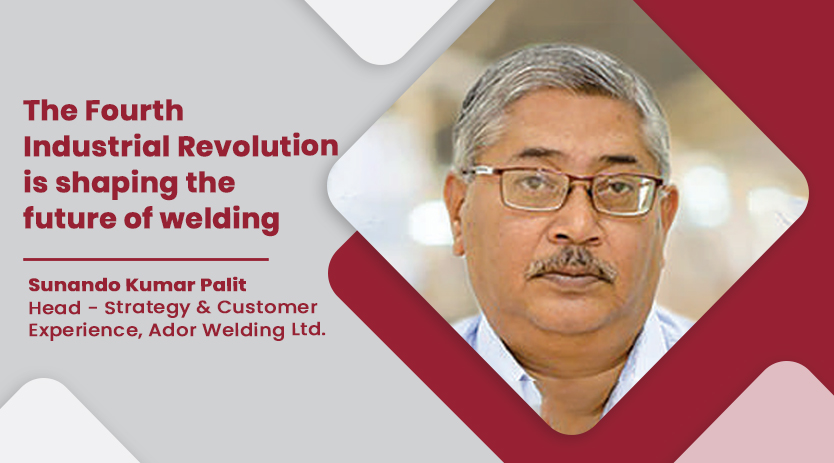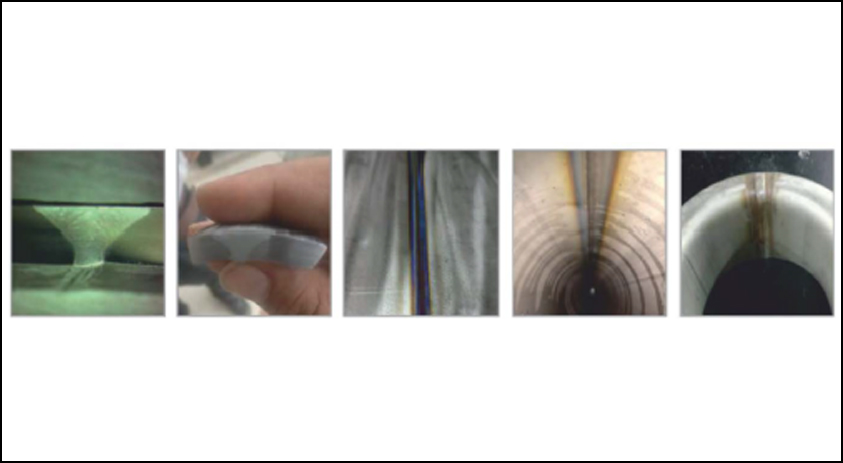Training of welders through augmented reality simulators
September 11, 2023 7:42 pm
According to this article, the training phase serves as an opportune moment to introduce students to novel paths for embarking on their careers, ones that align with environmentally conscious and sustainable practices.
Why do we need to train welders?
Welding stands as a specialized profession demanding skilled labour across the globe. Be it in construction, manufacturing, automotive, shipbuilding, aerospace, oil & gas, railways, or even small roadside grill factories, the requirement for welders is evident. While various statistics indicate a mismatch between the demand and supply of welders, the reality is more nuanced. Developing and less developed countries in Asia, Africa, and Eastern Europe, including our own, produce a substantial number of welders annually. However, the emphasis is on highly skilled welders who can seamlessly adapt to diverse roles.
Additional factors contributing to the soaring demand for skilled labour include certain countries’ immigration policies, retirements, and attrition. Despite welding’s transformation into a field encompassing science, technology, and art, some welders may opt for jobs within air-conditioned shopping malls or as food delivery personnel. Thus, the question arises: where can we source proficient welders? This is where the significance of continuous training becomes evident, ensuring a consistent supply of adept professionals.
Green welding, the need of the hour
Our global environment is continuously being polluted due to the various activities of civilized individuals worldwide. These activities span from significant industries and manufacturing units to vehicles, encompassing even welding practices. Industries are undertaking diverse measures to diminish pollution, including installing electrostatic precipitators, exhaust gas treatment, chemical neutralization, afforestation, evaluation of environmental impacts, and subsequent actions. However, the concern remains regarding welding’s environmental impact, which deserves individual consideration.
While contemporary welding processes, coupled with advanced alloys, electrodes, and filler wires, represent improvements over past technologies, many of these processes still contribute to climate pollution and pose risks to the workforce. This is where the concept of “Green Welding” emerges. It necessitates the adoption of technologies that generate minimal pollution, such as friction stir welding, magnetic pulse welding, diffusion welding, and even submerged arc welding. However, integrating these processes proves challenging and unfeasible, particularly in construction projects where welding is a substantial component. Such construction-related welding also entails the training of welders.
Cost of training
The primary expenses associated with welder training encompass materials, electrodes, filler wires, gases, power usage, essential tools, fire safety gear, and the presence of a skilled instructor. Effective welding training entails comprehensive instruction and practical experience, necessitating a substantial consumption of materials and consumables. Unfortunately, a side effect of this process is the emission of fumes and gases that contribute to pollution.
A green way of welding training
Here comes the requirement for Welding Training via Augmented Reality becomes evident. Initiating the shift towards environmentally friendly welding processes commences with training welders utilizing virtual and augmented reality. This approach curtails training expenses by supplying virtual tools and materials while eradicating the ecological effects of real welding. The training phase serves as an opportune moment to introduce students to new paths for embarking on their careers that align with environmentally conscious and sustainable practices. Employing welding simulators for training eliminates material expenses, consumable costs, and environmental pollution.
Augmented Reality Welding Training Simulator
These welding simulators replicate the most realistic welding experience without actual welding. Students engage with 3D-coded objects, immersing themselves in the sensation of genuine welding with authentic sounds and seam tracking facilitated by real welding torches. Computer-generated imagery lends a hands-on impression, while sensors within helmets feed data for image generation and storage. This stored data aids students in identifying and rectifying errors. Seam tracking assists them in maintaining steadiness in their hand movements, facilitating wrist manoeuvres during real welding tasks. This entire process can be projected on a secondary screen, enabling fellow students and instructors to observe and assess performance. Moreover, this simulation approach can be employed for various joint types and welding processes like SMAW, GMAW, FCAW, or GTAW.
The Reality
Augmented reality training programs have found application in numerous training institutes across diverse disciplines. Rather than replacing traditional welding training, these programs serve as supplements, providing instant feedback to students to enhance their future performances. This approach is a significant step towards contributing to environmental preservation on a larger scale. Although the initial setup costs might be considerable for training institutes in developing countries, the long-term benefits are promising, including cost savings and reduced training expenditures. The resultant reduction in training costs will enable underprivileged students to participate in welding training programs, ultimately bridging the global gap between the demand and supply of skilled welders.
Expertise shared by- Rituraj Bose, PMP, Quality Management Consultant, Honorary Secretary General, The Indian Institute of Welding.
Cookie Consent
We use cookies to personalize your experience. By continuing to visit this website you agree to our Terms & Conditions, Privacy Policy and Cookie Policy.

















 English
English Hindi
Hindi